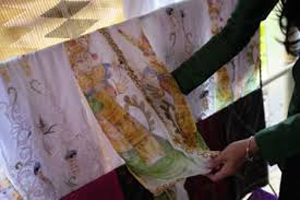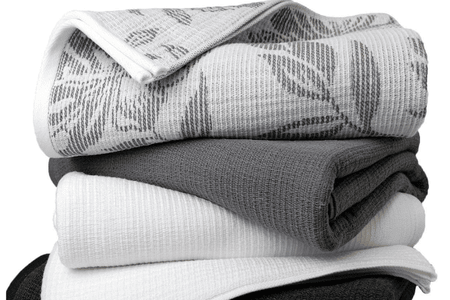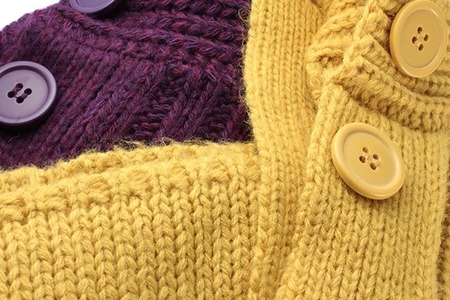
Efforts being made to preserve precious textile tradition of Bali
YarnsandFibers News Bureau 2014-01-08 14:20:00 – jakartaEfforts are being made to preserve and protect one of Bali’s priceless cultural assets, the long textile tradition. To preserve the textile tradition the provincial administration initiated identifying and documenting the development of the island’s long textile tradition, finally the process has been completed.
I Ketut Wija, assistant II in the administration, said that the traditional textile preservation was being implemented under the auspices of the Bali Industry and Trade Agency.
Ni Wayan Kusumawati, head of the agency said that with the completion of identification and documentation process, they will now move to other important steps in this protection and preservation effort.
These protection and preservation efforts consist of identifying and registering the patterns and designs of each particular textile, registering intellectual property rights and revitalizing efforts for new generations of weavers and producers.
During the first stage of the preservation efforts, the team, comprising scholars, cultural experts and agency staff, collected samples of traditional textiles from across Bali. Each place had distinguishing patterns and designs for their own traditional textiles
Bali has a long, rich textile tradition and they have to be very proud of their diverse heritage, but at the same time, they have to protect and revitalize it as it is becoming scarce.
The preserved textiles include rare cepuk ceremonial cloth, endek, songket and bebali.
Cepuk ceremonial cloth, for instance, is viewed as one of the most sacred textiles and is believed to have magical and medicinal properties.
The patterns of the cloth have been heavily influenced by India’s ancient patola textile designs. As a sacred cloth, the making of cepuk textile must follow strict Balinese traditional processes, including the weaving and dying, and be accompanied by a series of rituals.
Cepuk has been produced for centuries on Nusa Penida islet in Klungkung regency, as well as in Lombok, West Nusa Tenggara province.
Karangasem regency in east Bali is renowned for its intricate and lavish double woven songket embellished with gold and silver threads.
Gianyar, Klungkung and Singaraja all have their own distinctive and lavish songket styles and designs.
Indigenous communities, like the ethnic people of Tenganan in Karangasem, make their own textile, called kain geringsing.
The existence of their rich textile tradition is in danger since there is no smooth regeneration of weavers and textile makers, Wija stated. In Bali textile production was usually a family business and weaving skills have been passed on through the generations for many centuries.
The flood of modern textiles and modern production machinery seriously threatens family businesses. Kusumawati said that in the next stage, the Industry and Trade Agency would also provide training, easy access to raw materials and capital.
In Gianyar and Denpasar, traditional endek cloth is being supported in various ways by regional administrations. In Denpasar, for instance, endek producers have obtained the full support of the mayoralty office for production, management, marketing and promotional activities.
There will be a long and complex effort to preserve and protect the traditional textiles and need to start right now, otherwise the precious cultural assets can be lost. As for Balinese people, textiles are much more than just a piece of cloth. They embody the heart and soul of the people and different types are worn for various important occasions from birth to death.
Market Intelligence
Ask for free sample Report

experience
Customer Base
dedicated team
Countries Served Worldwide









